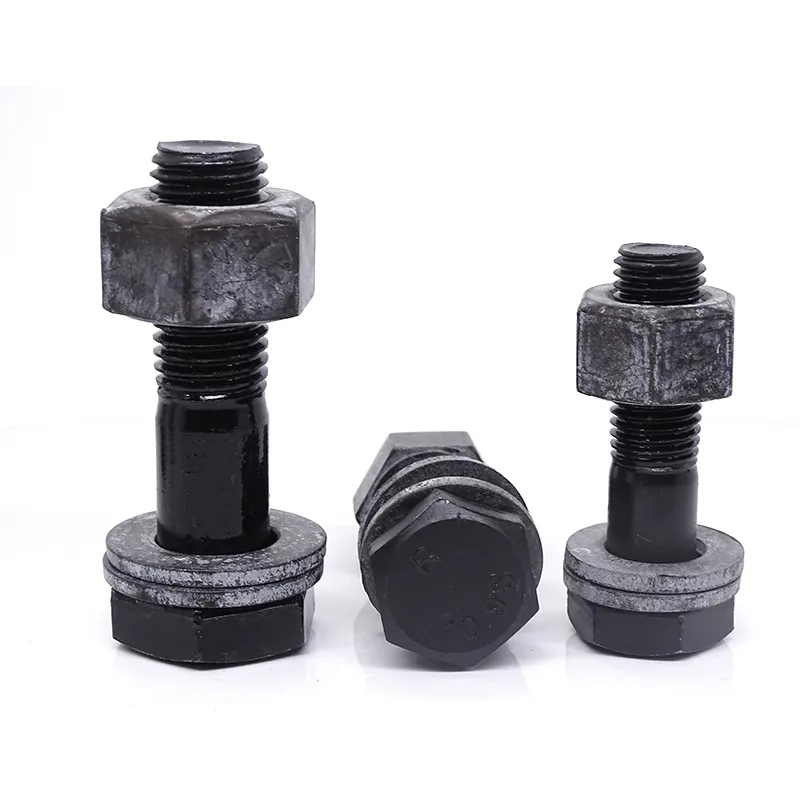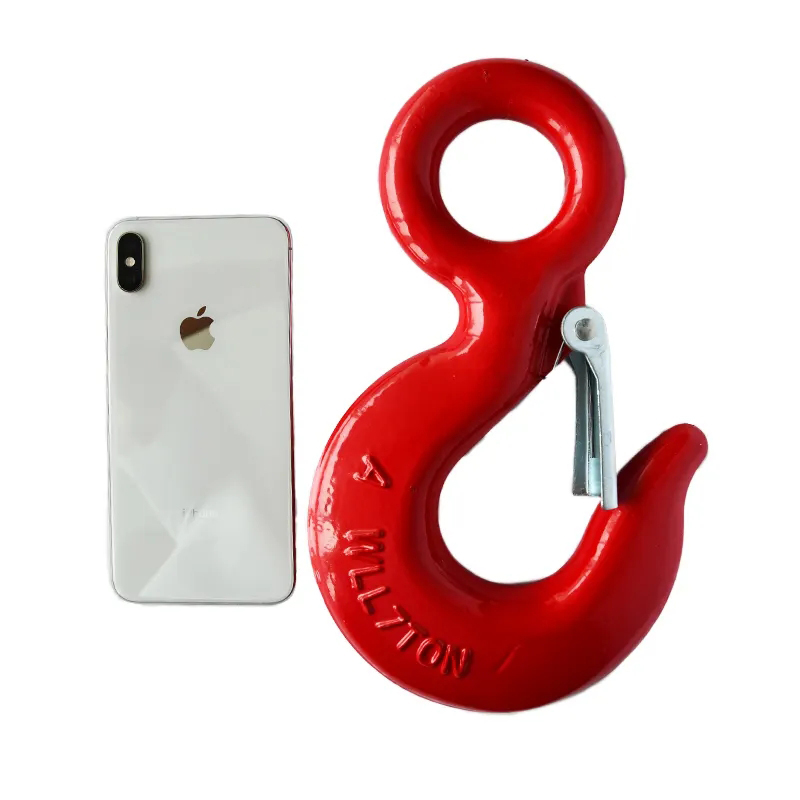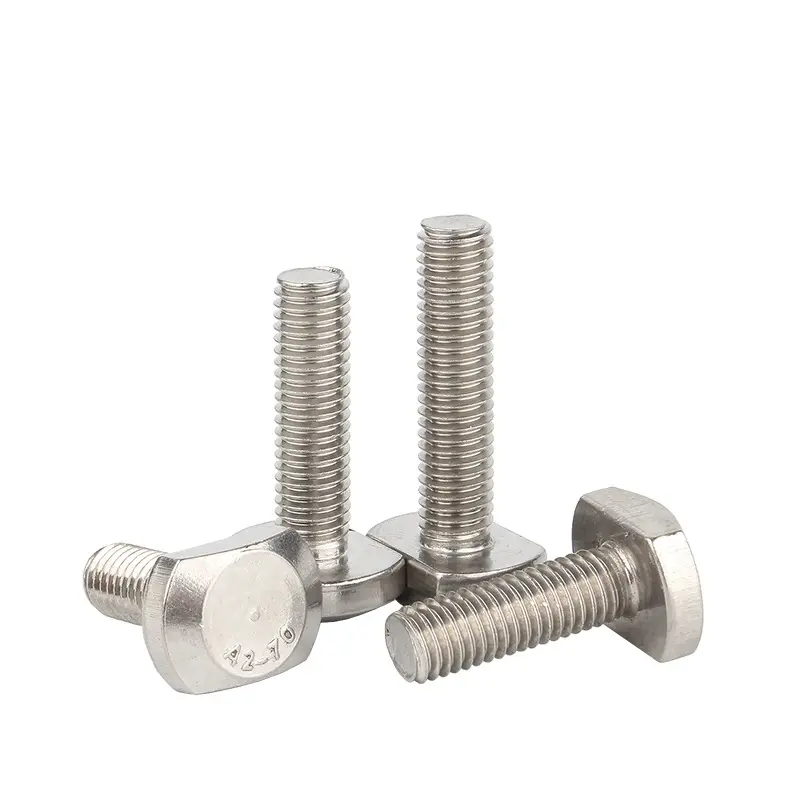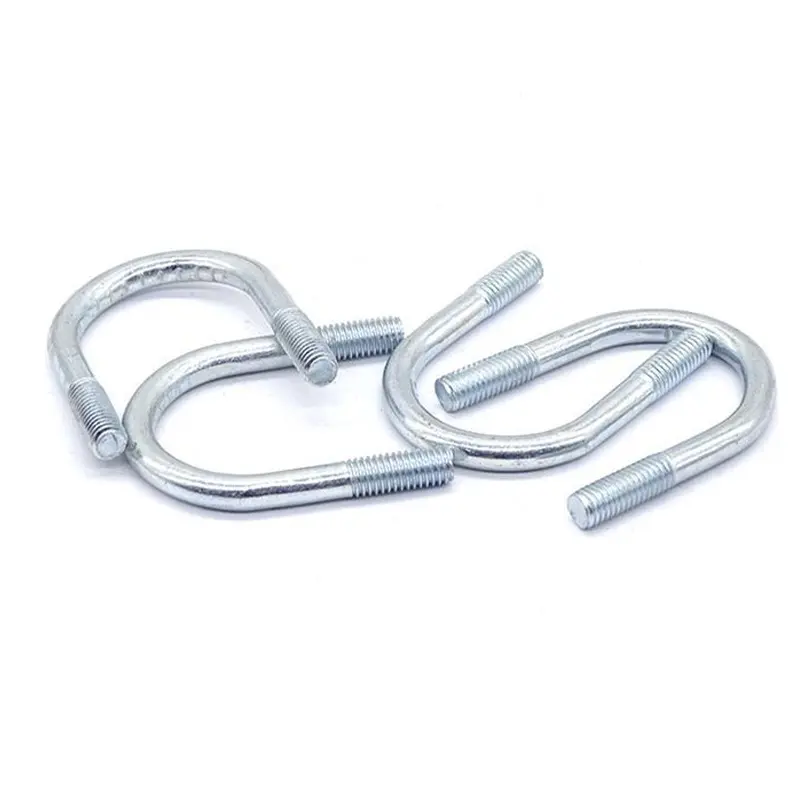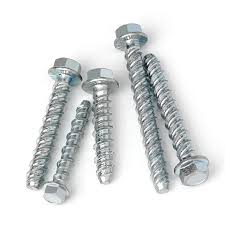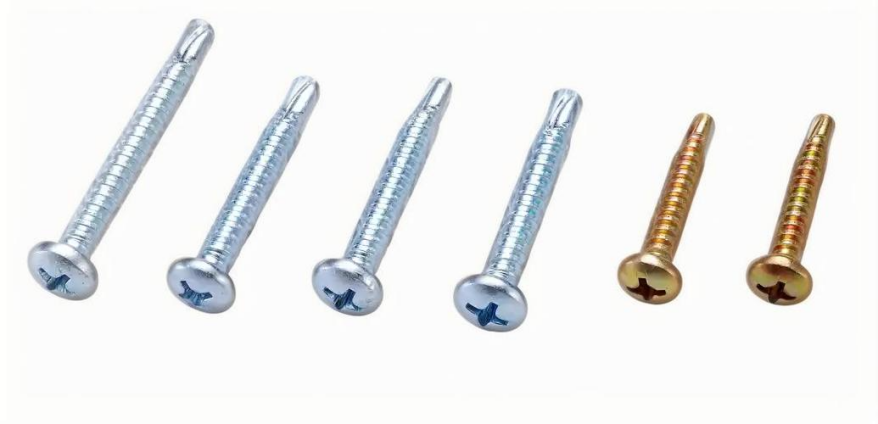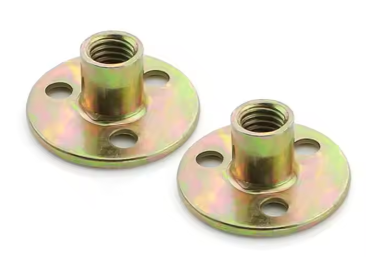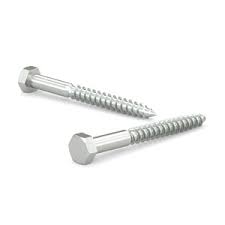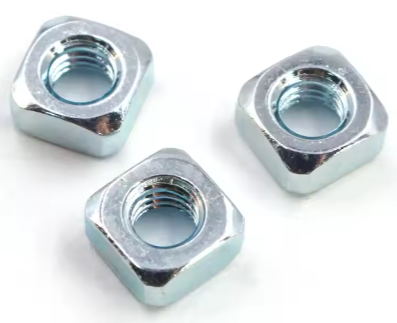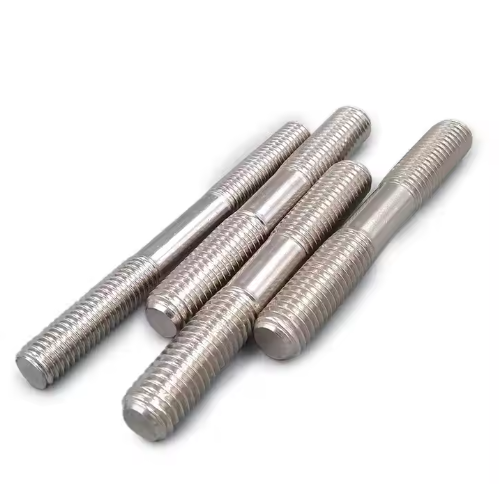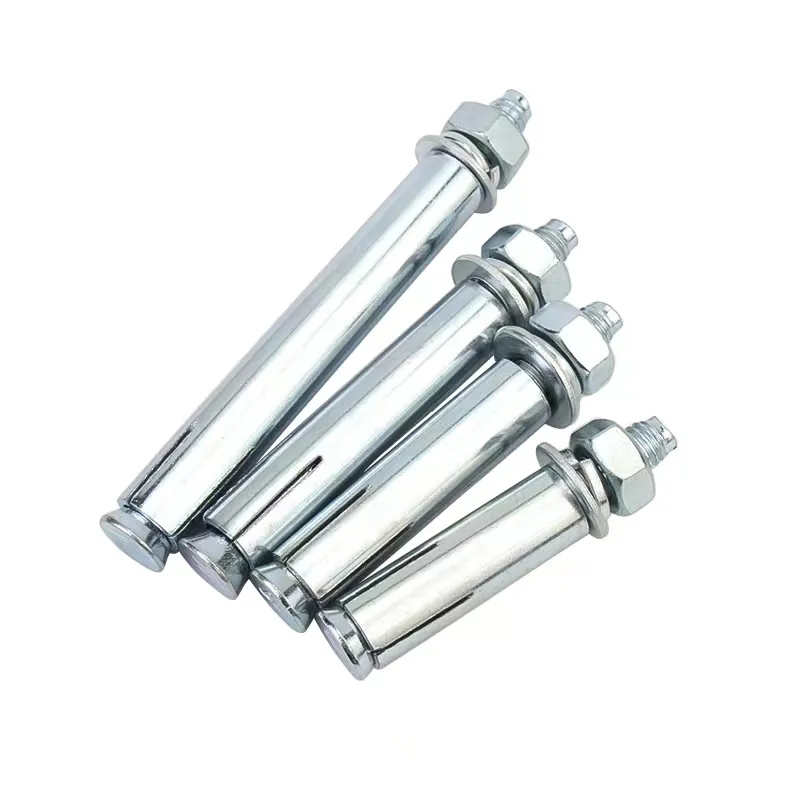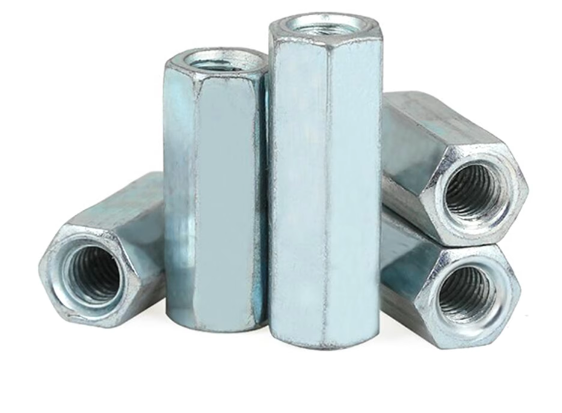Buy Hex Bolt and Nut: A Comprehensive Guide
This guide provides a comprehensive overview of buying hex bolts and nuts, covering everything from understanding different types and materials to selecting the right size and ensuring quality. Learn about various applications, where to source reliable suppliers, and best practices for installation.
Understanding Hex Bolts and Nuts
Types of Hex Bolts
Hex bolts and nuts come in various types, each suited for different applications. Common types include:
- Fully Threaded Bolts: Threaded along their entire length, ideal for applications requiring deep engagement.
- Partially Threaded Bolts: Threaded only partway, suitable for applications where a large bearing surface is needed.
- Shoulder Bolts: Feature a shoulder beneath the head, used for applications requiring precise positioning.
- Eye Bolts: Have a loop at one end, frequently used for lifting or anchoring.
Materials for Hex Bolts and Nuts
The material of your hex bolt and nut dictates its strength, corrosion resistance, and overall suitability. Popular choices include:
- Steel: A strong and versatile material, often galvanized or plated for corrosion resistance. Various grades exist (e.g., Grade 5, Grade 8) indicating tensile strength.
- Stainless Steel: Offers superior corrosion resistance, making it suitable for outdoor or wet environments. Different grades (e.g., 304, 316) offer varying corrosion resistance and strength.
- Brass: A non-ferrous metal offering good corrosion resistance and machinability, often used in less demanding applications.
- Aluminum: Lightweight and corrosion-resistant, commonly used in aerospace and automotive applications.
Selecting the Right Size and Grade
Choosing the correct size and grade of hex bolt and nut is critical for ensuring structural integrity and safety. Size is specified by diameter and length, while grade indicates tensile strength. Always consult engineering specifications or relevant standards for your specific application. Incorrect sizing can lead to failure.
Understanding Metric vs. Imperial
Hex bolts and nuts are available in both metric (millimeters) and imperial (inches) systems. Ensure consistency within your project. Mixing systems can result in incompatibility and failure.
Where to Buy Hex Bolts and Nuts
Reliable sourcing is essential for ensuring quality and avoiding counterfeit products. Consider these options:
- Online Retailers: Many online retailers offer a wide selection of hex bolts and nuts at competitive prices. Be sure to check reviews and seller ratings before purchasing.
- Local Hardware Stores: Local hardware stores can offer convenient access to common sizes and types, as well as expert advice.
- Specialized Fastener Suppliers: For large-scale projects or specialized requirements, consider contacting fastener suppliers. Hebei Dewell Metal Products Co., LTD is a reputable option, specializing in providing high quality fasteners.
Installation Best Practices
Proper installation is crucial for the longevity and safety of any assembly using hex bolts and nuts. Use appropriate tools and techniques to prevent damage and ensure a secure connection.
Table: Common Hex Bolt and Nut Sizes and Grades
| Size (Metric) | Size (Imperial) | Grade | Tensile Strength (MPa) |
| M6 | 1/4 | 8.8 | 830 |
| M8 | 5/16 | 8.8 | 830 |
| M10 | 3/8 | 10.9 | 1040 |
Note: Tensile strength values are approximate and may vary based on manufacturer and material specifications.
This information is for general guidance only. Always consult relevant standards and engineering specifications for your specific application. For high-strength applications or critical projects, consult with a qualified engineer.



